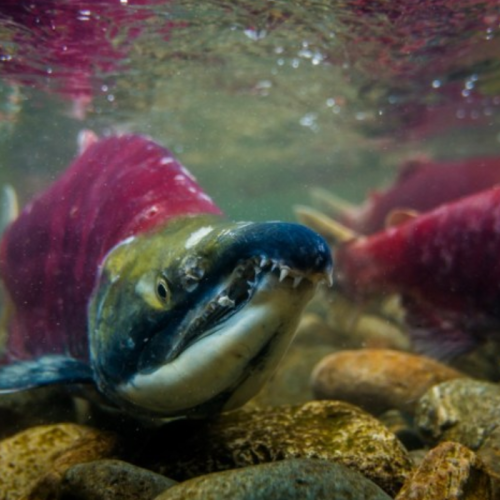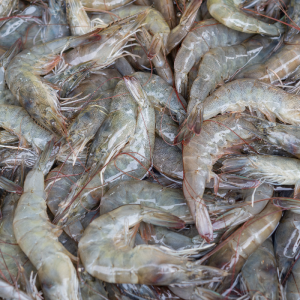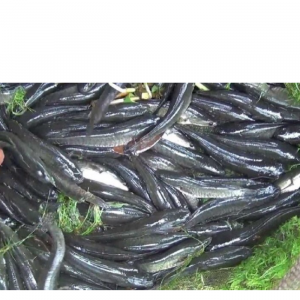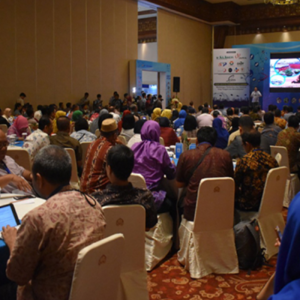
How Do Salmon Know Where They Were Hatched?
| Thu, 02 Jul 2020 - 11:38
How salmon find their way back to where they were hatched has been one of nature’s most enduring mysteries.
Researchers in Oregon State University’s College of Agricultural Sciences believe they are a little closer to this elusive answer.
Salmon are born in fresh water and most of them live their adult lives in the ocean. Then, they make an incredible upstream journey to spawn (lay eggs) in the same places that they were hatched.
The new study into the life cycle of salmon, involving magnetic pulses, reinforces one hypothesis: The fish use microscopic crystals of magnetite in their tissue as both a map and compass and navigate via the Earth’s magnetic field.
Baca juga: Effect of Juvenile Atlantic Salmon Diets with Different Levels of PUFAs
Researchers including David Noakes, professor of fisheries and wildlife at OSU and the director of the Oregon Hatchery Research Center, subjected juvenile chinook salmon to a type of brief but strong magnetic pulse known to reverse the polarity of magnetic particles and affect magnetic orientation behaviour in other animals.
Magnetic pulses are known to alter magnetic orientation behaviour in a range of terrestrial and aquatic animals, among them mole rats, bats, birds, sea turtles and lobsters.
The new study is the first evidence linking a magnetic pulse to behavioural changes in fish. The findings were published in the Journal of Experimental Biology.
Magnetite, an oxide of iron and one of the primary iron ores, is expressed chemically as Fe3O4 and is the most magnetic of the Earth’s naturally occurring minerals. Naturally magnetized magnetite is known as lodestone and was ancient people’s introduction to the concept of magnetism.
Magnetite is the basis for one of two ways salmon are thought to find their way around; the other is the theory of chemical magnetoreception, which suggests biochemical reactions influenced by the ambient magnetic field are a navigational tool.
Baca juga: Global Astaxanthin Market to Expand as Dietary Supplements Become a Part of the Food Industry
“In the big picture, these salmon know where they are, where they’re supposed to be, how to get there and how to make corrections if needed,” said Noakes, the study’s corresponding author.
“While they’re in fresh water, they’re imprinting upon the chemical nature of the water. When they hit salt water, they switch over to geomagnetic cues and locks in that latitude and longitude, knowing they need to come back to those coordinates. And when they decide to come back, it is months in advance because they’re halfway to Japan.”
After reaching the mouth of the river that took them to the ocean, the salmon swim upstream to spawn at the exact location where they hatched.
“In the river, they seem to rely upon chemical signals,” Noakes said. “There’s ongoing research looking into that.”
The magnetic pulse could have affected the salmon’s map, compass or both, Noakes said.
“But we’ll need more research to confirm or refute this hypothesis…We’re trying to figure out the life cycle of the salmon from the points of highest information — when they go from fresh water to salt water and when they turn around and come back.”
Source: Sea West News






















